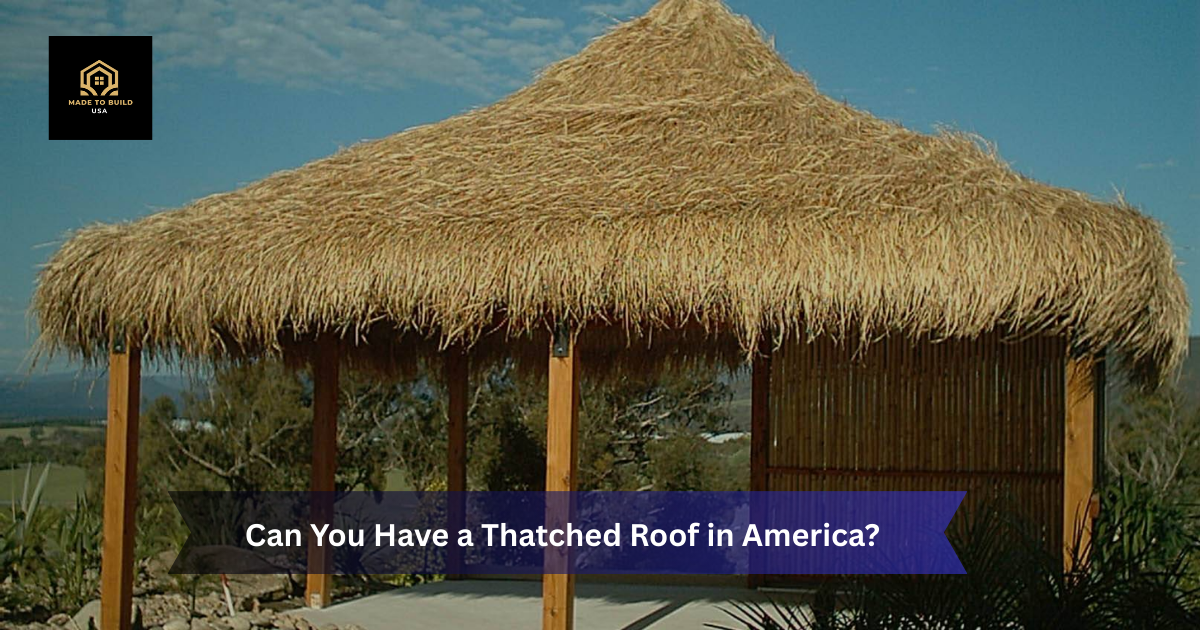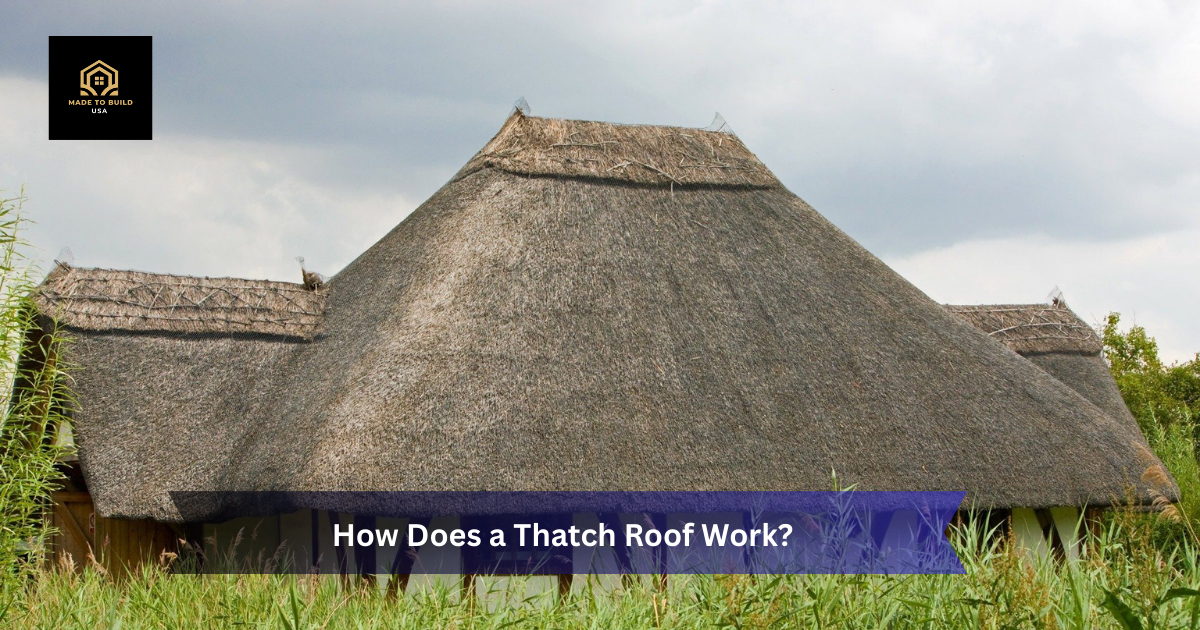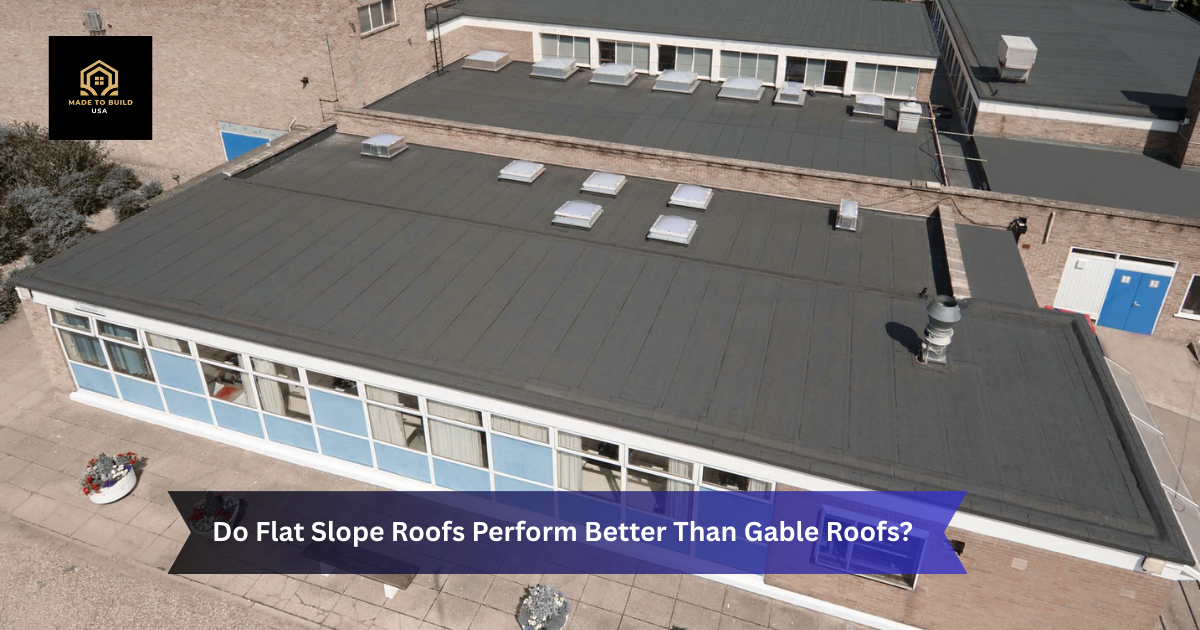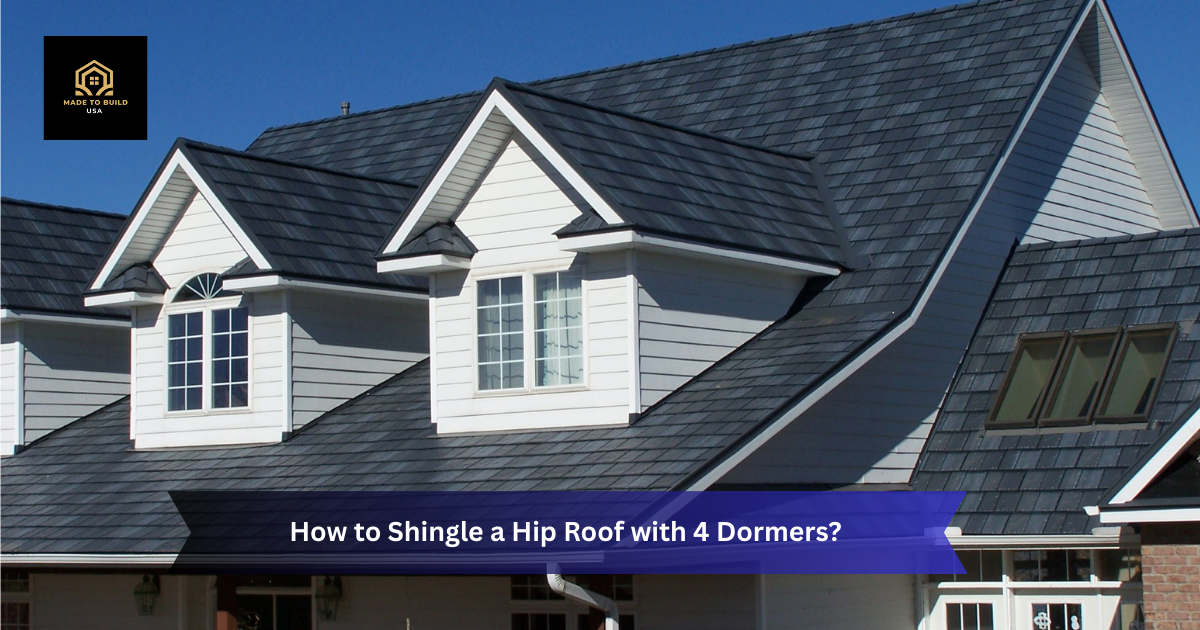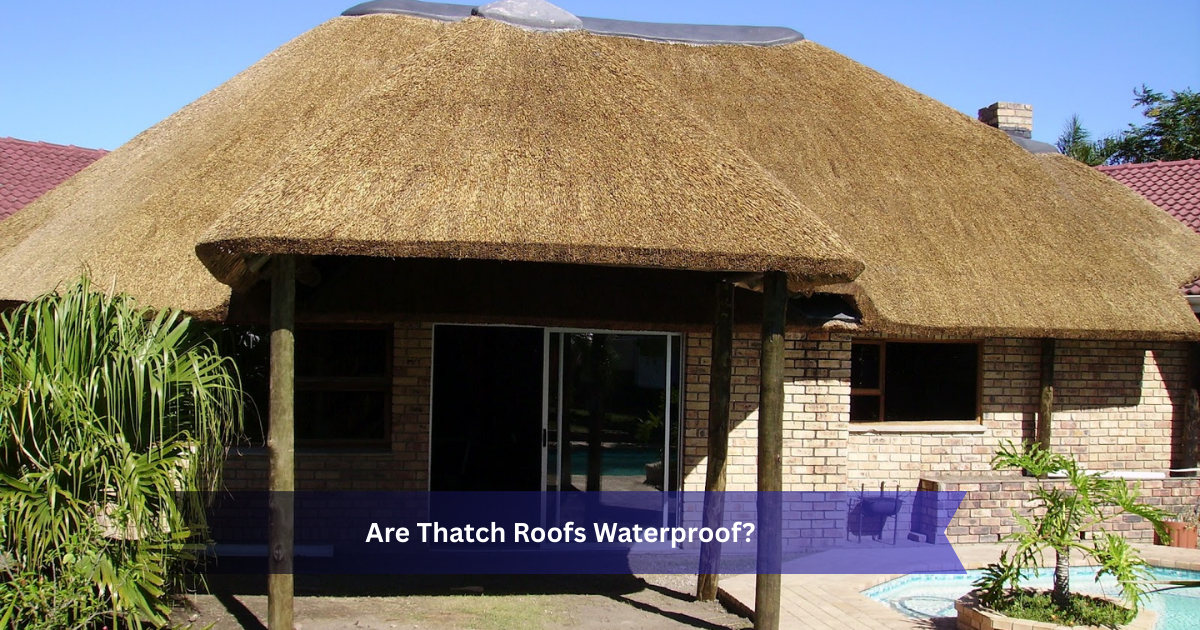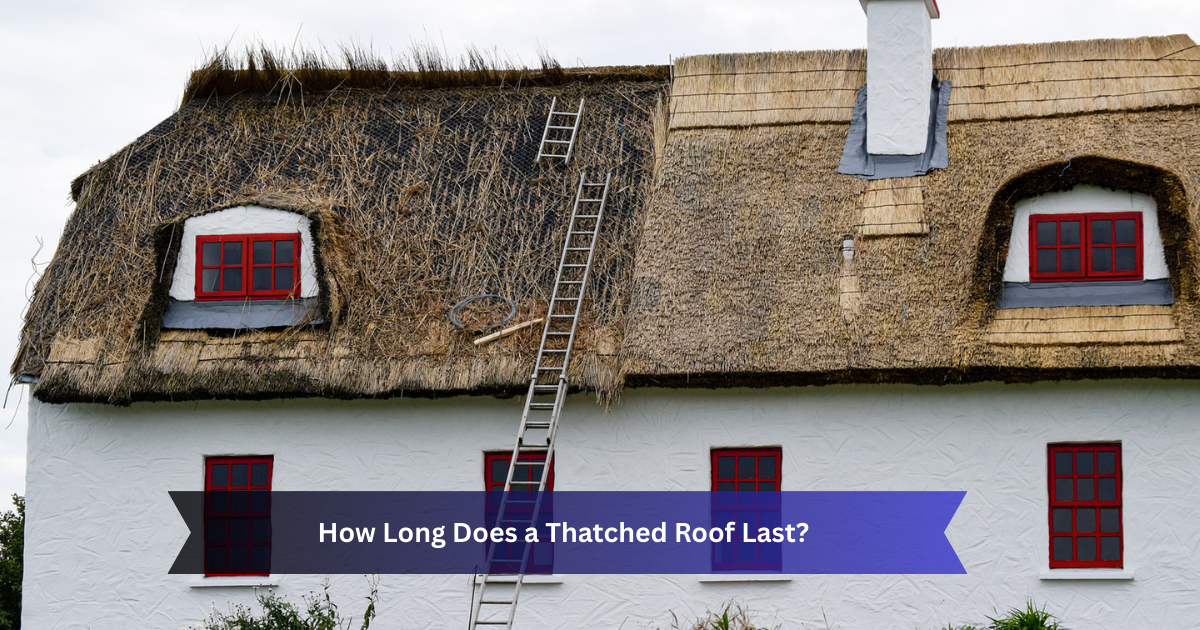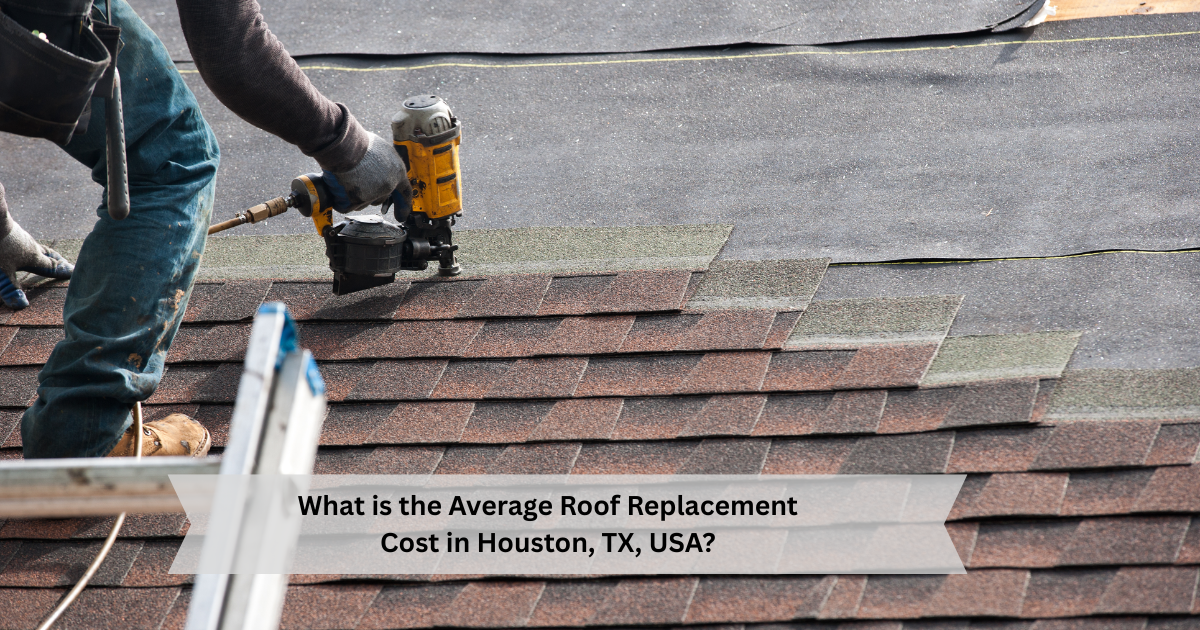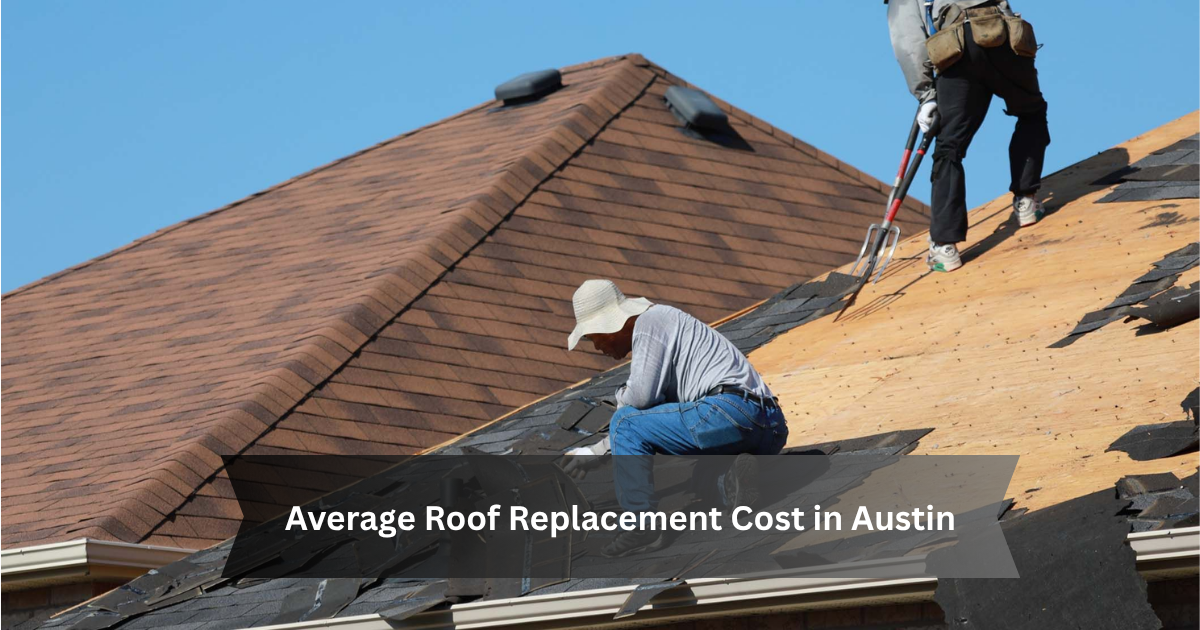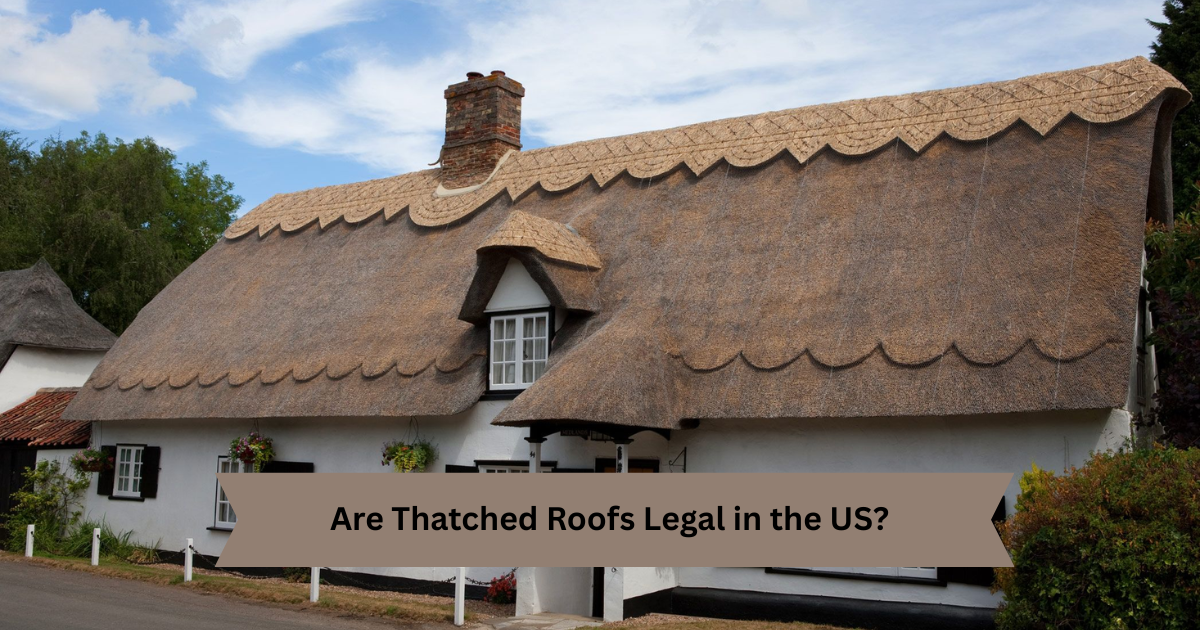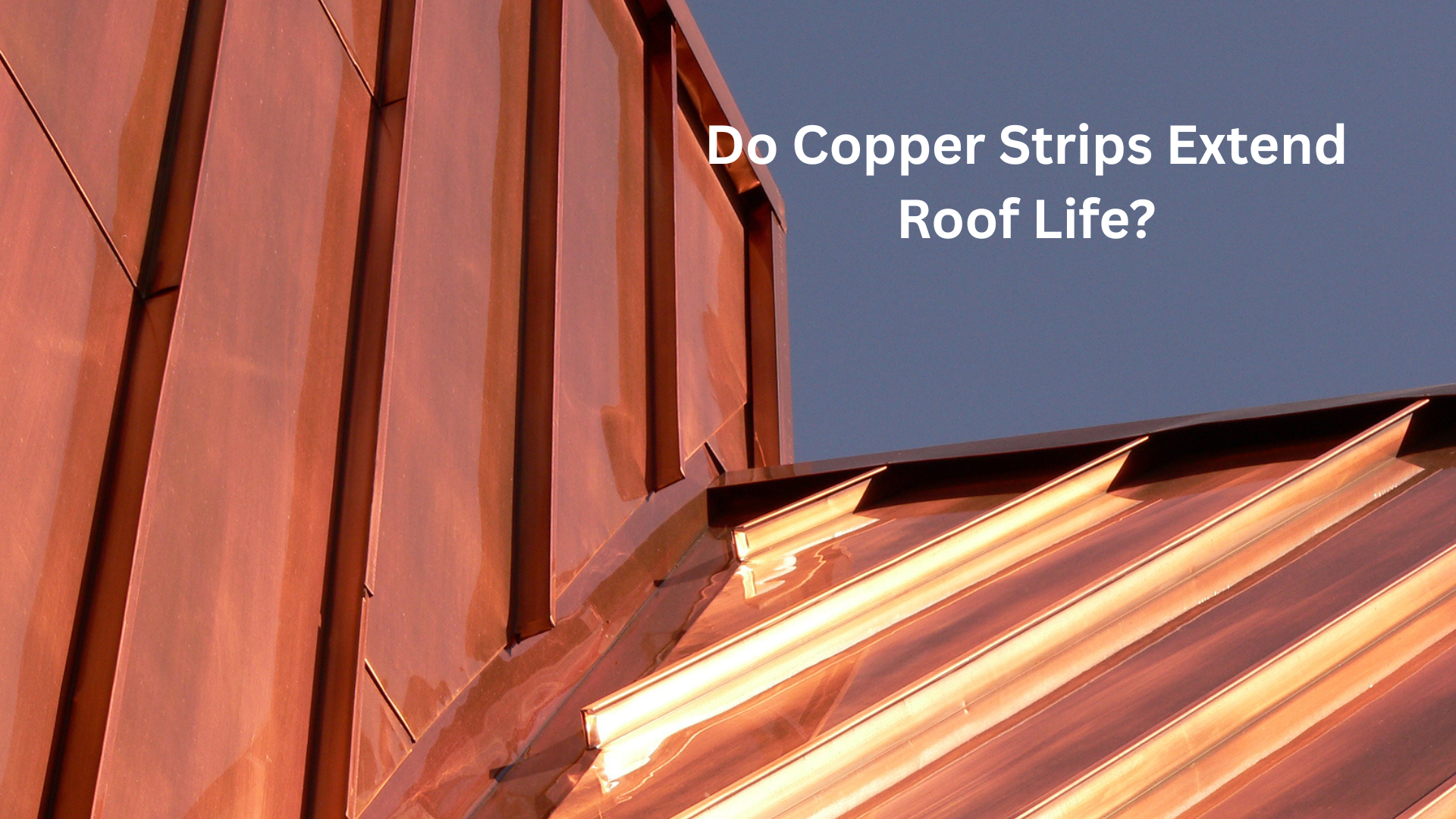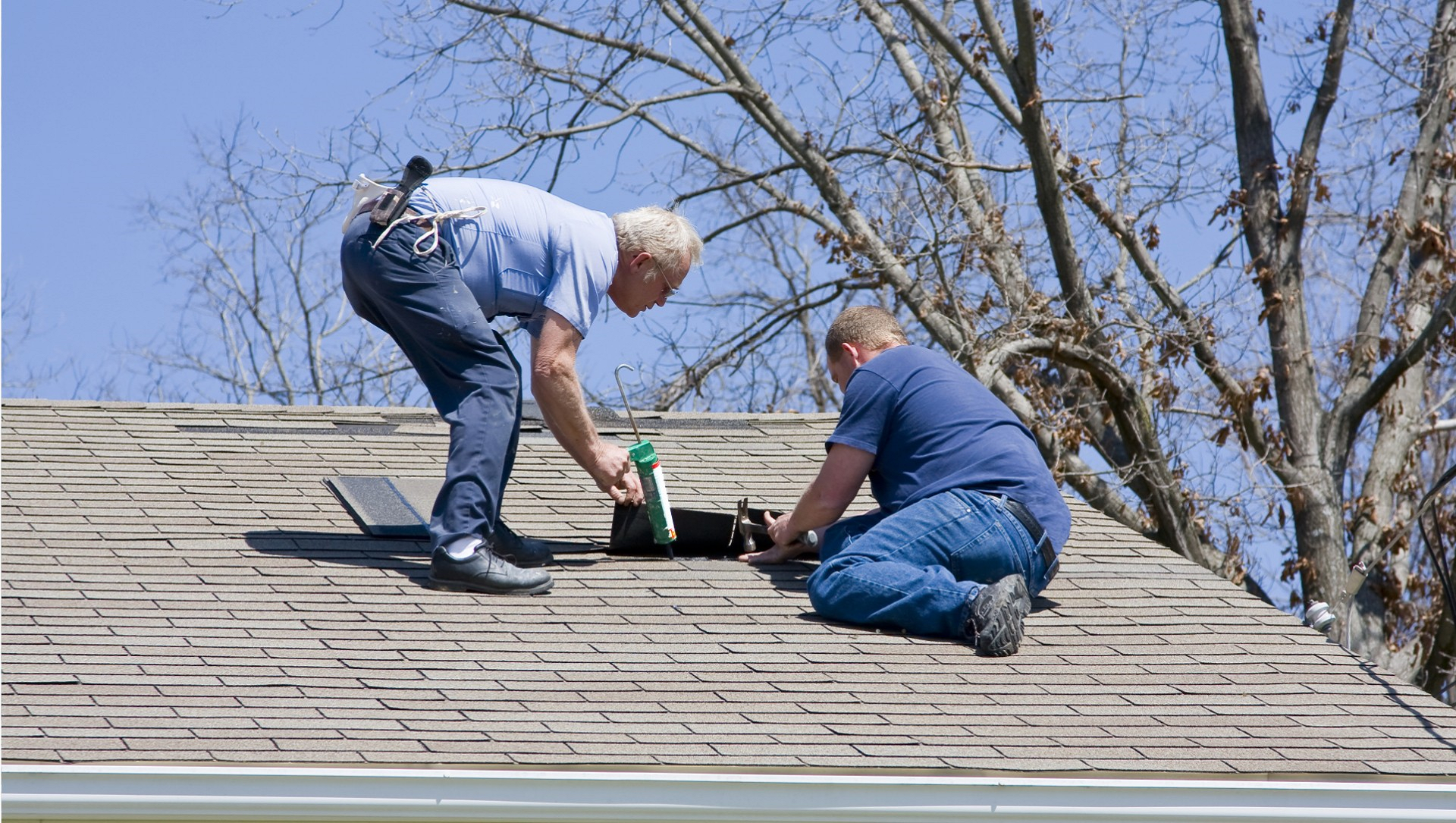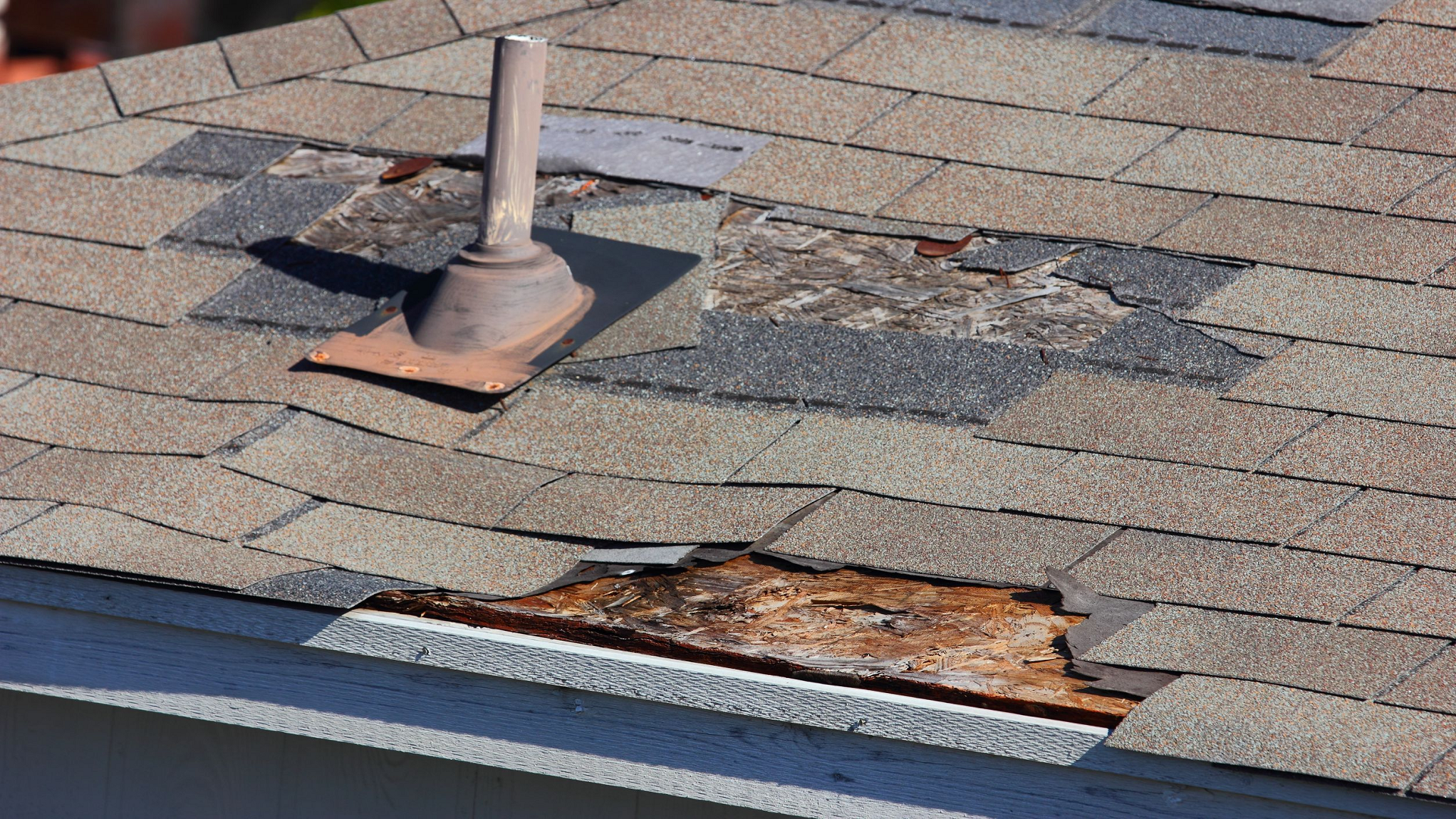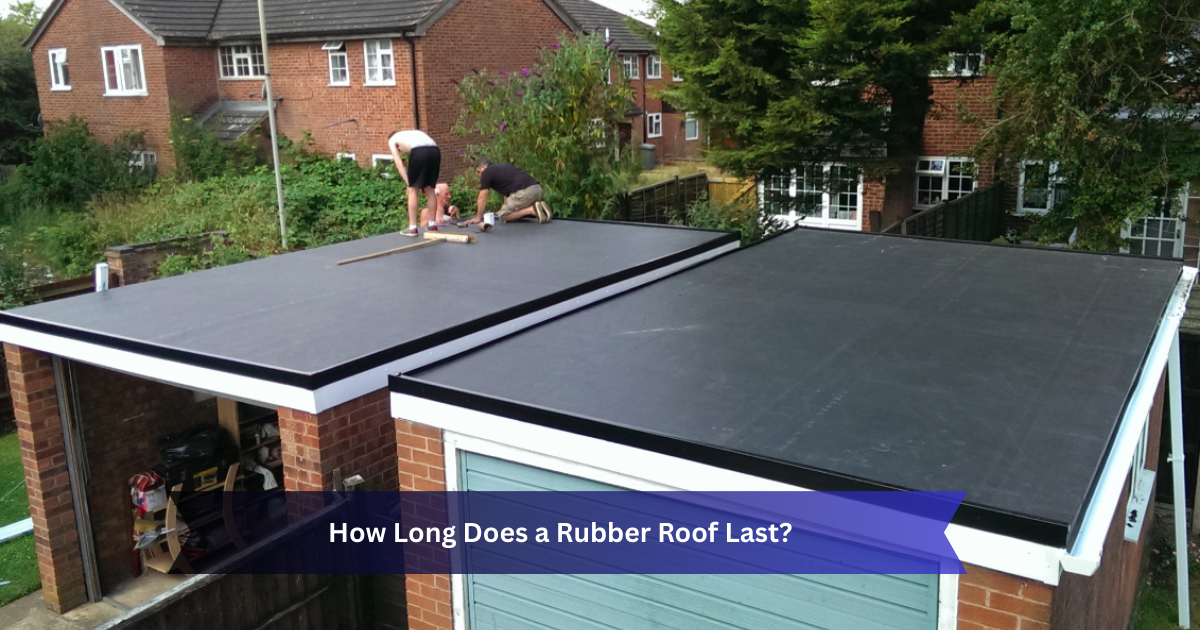
Rubber roofing, also known as EPDM (Ethylene Propylene Diene Monomer), is one of the most common flat roof systems in the United States of America (USA). It’s widely used for commercial buildings, warehouses, and even some residential homes with low-slope roofs. But the question most property owners ask is: How long does a rubber roof last in U.S. climates?
The short answer is that: A properly installed rubber roof lasts 15–30 years on average, and in many U.S. regions it can reach up-to 40–50 years with coatings and maintenance.
Average Lifespan of Rubber Roofs in the U.S.
The life expectancy of EPDM rubber roofs depends on installation, roof thickness, and regional climate.
- Standard EPDM membrane (45 mils) → 15–20 years
- Thicker EPDM membranes (60–90 mils) → 25–30 years
- Well-maintained roofs with protective coatings → up to 50 years
This makes rubber roofing system is one of the most cost-efficient flat roofing options in the United States of America (USA).
How U.S. Climate Affects Rubber Roof Longevity?
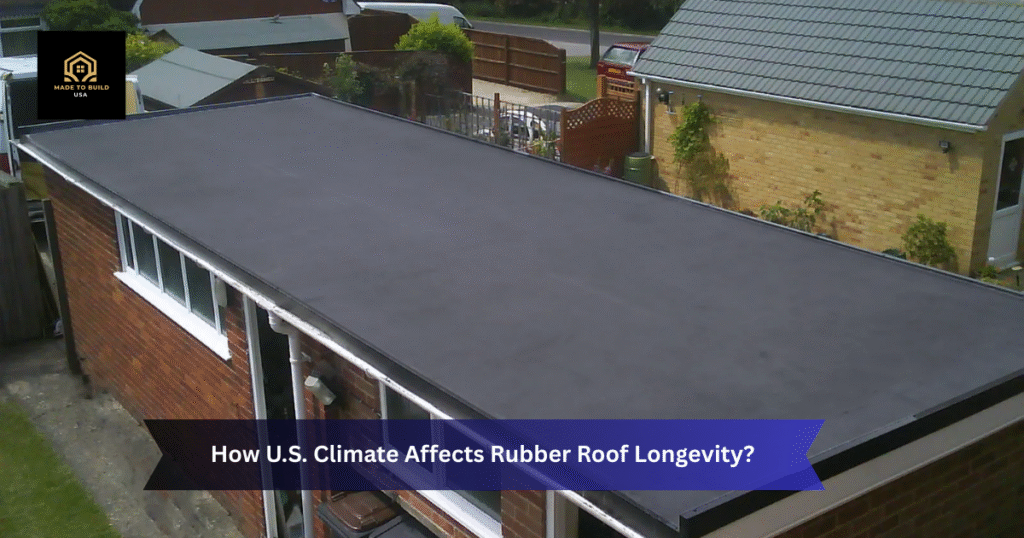
Weather plays a huge role in roof durability, and conditions vary greatly across the U.S.:
- Northeast & Midwest (Snow & Freeze-Thaw Cycles):
Heavy snow and ice can stress seams and lead to ponding water. Regular inspections are crucial in states like Michigan, New York, and Illinois. - Southern States (High Heat & UV Exposure):
In Texas, Arizona, and Florida, constant sun can cause rubber shrinkage over the period of time. Thicker membranes and UV-protective coatings extend lifespan. - Coastal Areas (Salt & Storms):
Properties near the coasts, especially in the Southeast, face high winds, hurricanes, and salty air that can accelerate wear. - Mild Climates (Pacific Northwest, Northern California):
Rubber roofs often last the longest in regions with moderate rainfall and less extreme temperatures.
Referencing your roof’s performance by climate zone is recommended by the National Roofing Contractors Association (NRCA) when planning long-term maintenance.
Key Factors That Impact Lifespan
Aside from climate, several other factors determine how long a rubber roof will last in the U.S.:
- Installation Quality
Poor surface prep, thin application, or installation in bad weather reduces lifespan significantly. Always hire certified contractors. - Roof Thickness
U.S. installers commonly use 45-mil or 60-mil EPDM. Thicker membranes (75–90 mils) are more durable and ideal for high-traffic commercial roofs. - Maintenance Routine
Annual inspections, cleaning drains, and recoating every 10–15 years can double your roof’s service life. - Foot Traffic & Usage
Commercial buildings with frequent rooftop traffic (HVAC checks, technicians) may see faster wear than low-traffic residential properties.
Maintenance Tips for U.S. Rubber Roof Owners
To maximize durability, follow these U.S.-standard maintenance practices:
- Inspect annually or after storms (hail, heavy rain, snow).
- Clean using non-petroleum cleaning solutions (avoid damage to membranes).
- Remove debris, trim nearby trees, and keep drainage clear.
- Patch cracks early with EPDM-compatible sealants.
- Recoat using acrylic, silicone, or rubber coatings as recommended by U.S. roofing manufacturers.
Rubber Roof vs. Other Roofing Options in the U.S.
Here’s how rubber roofs compare to other common roofing systems across the country:
| Roofing Material | Average Lifespan | Cost (per sq. ft. installed, U.S.) | Maintenance |
| Rubber (EPDM) | 15–30 yrs (50 with care) | $4–$8 | Low |
| Asphalt Shingles | 15–25 yrs | $3–$7 | Medium |
| TPO Roofing | 20–30 yrs | $5–$10 | Medium |
| Metal Roofs | 40–70 yrs | $8–$14 | Low |
| Modified Bitumen | 15–20 yrs | $4–$8 | High |
Rubber roofs are especially attractive for flat-roof commercial buildings in U.S. cities where affordability and ease of recoating matter.
Warranties & Cost Considerations in the U.S.
Most U.S. EPDM manufacturers (like Firestone Building Products, Carlisle SynTec, and Johns Manville) provide 10–20 year warranties, but with proper maintenance, roofs often outlast them.
- Material costs in the U.S.: $1.50–$3.00 per sq. ft. (membrane only)
- Installed costs: $4–$8 per sq. ft., depending on state labor rates
- Recoating costs: Typically less than half of replacement
This balance of affordability and lifespan makes EPDM one of the top choices in American roofing.
Final Thoughts
So, how long does a rubber roof last in the U.S.? On average, 15–30 years, and up to 50 years with coatings and regular maintenance.
If you own property in the U.S., the best way to maximize your roof’s lifespan is to:
- Choose a qualified contractor certified by major U.S. manufacturers.
- Adjust maintenance for your regional climate.
- Recoat before significant wear appears.
When installed and maintained properly, a rubber roof is one of the most durable and cost-effective flat roof systems in America.
FAQs – Rubber Roof Lifespan in the U.S.
1. Can a rubber roof last 50 years in the U.S.?
Yes. With thicker membranes, coatings, and routine upkeep, rubber roofs in moderate climates (like Oregon or Northern California) can last up to 50 years.
2. How often should I inspect a rubber roof in the U.S.?
NRCA recommends at least once a year and after major storms or heavy snow.
3. Is rubber roofing popular for U.S. homes?
It’s more common for commercial buildings, but some U.S. homes with flat or low-slope roofs use EPDM for cost savings and durability.
4. What shortens lifespan the most in the U.S.?
Improper installation, poor drainage, UV exposure in southern states, and neglecting maintenance.
